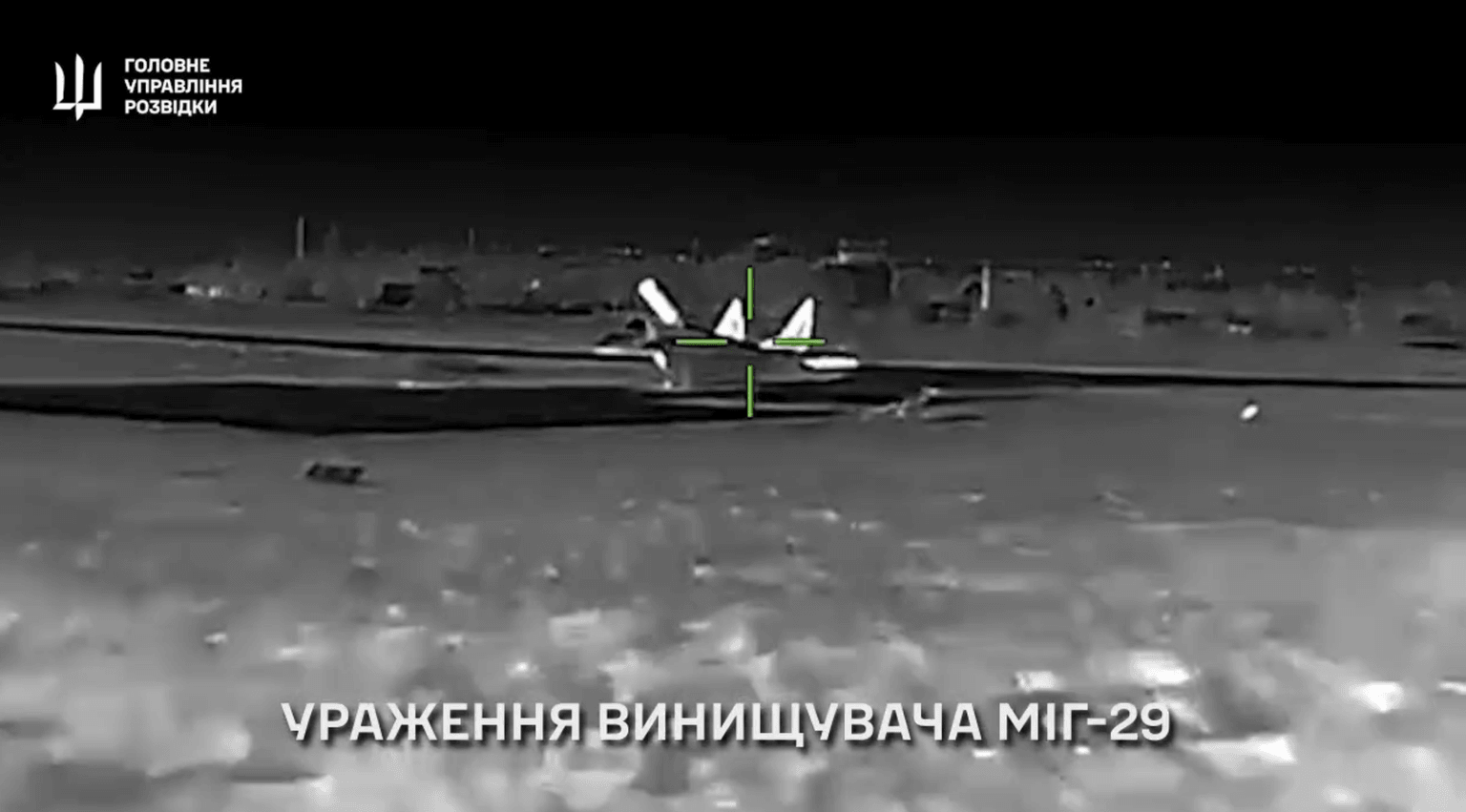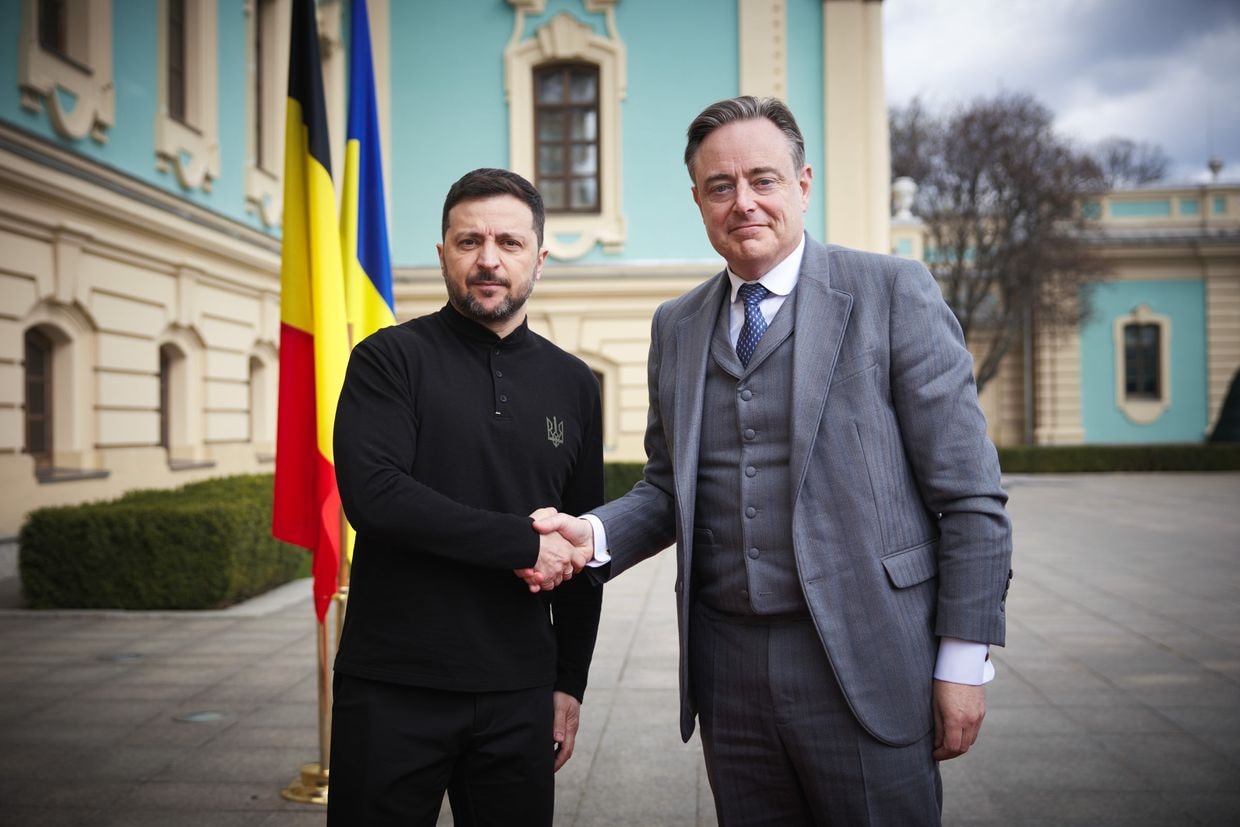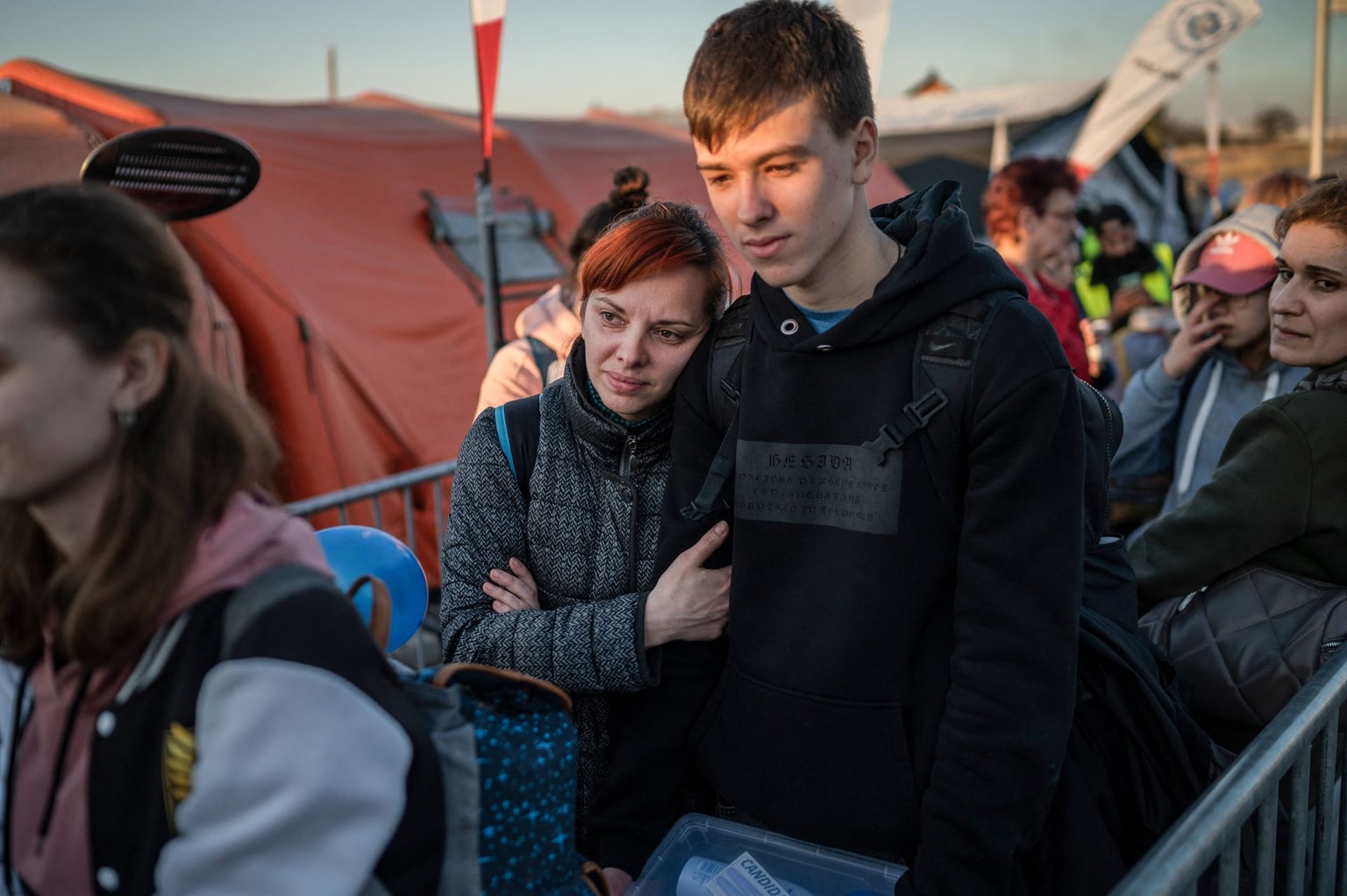Russian troops outnumber Ukraine 8-1 in Pokrovsk sector, Zelensky says

Russia outnumbers Ukrainian troops eight-to-one in their offensive to capture the semi-surrounded city of Pokrovsk in eastern Donetsk Oblast, President Volodymyr Zelensky told journalists on Oct. 27.
"(Russian troops) have devoted such forces to the Pokrovsk (sector) that Ukraine cannot devote to one direction (of the front) — one to eight people," Zelensky told journalists in a briefing, Ukrainian public broadcaster Suspilne reported.
"Imagine how many Russian forces are there. But at the same time, they have not achieved the planned result."
After capturing Avdiivka, a long-time Ukrainian stronghold located over 40 kilometers (about 25 miles) southeast of Pokrovsk, in February 2024, Russian troops have gradually advanced toward Pokrovsk, once a key Ukrainian logistics hub tucked away in a relatively safe part of Donetsk Oblast.
Russian troops have surrounded Pokrovsk from three sides, leaving about a 15-kilometer (about nine miles) gap for the Ukrainian military to bring in troops and supplies, according to the Ukrainian open-source battlefield monitoring group DeepState.
All the bridges into Pokrovsk were blown up by the Russian military and the evacuation of the wounded is nearly an impossible task, Senior Leitenant Natalia Stoiko, the head of medical services in the 5th Heavy Mechanized Brigade deployed in the Pokrovsk sector, said at the "A Person in the Army" conference held in Kyiv in October.
Stoiko said that the Ukrainian military lacks "everything," from engineering equipment to engineers themselves who could build temporary wooden bridges to allow evacuations.
Western military experts who previously spoke to the Kyiv Independent said it would be crucial for Ukraine to withdraw timely when it stops tactically making sense for its troops to hold onto the city despite the crippled logistic routes.
Despite lacking manpower, the Ukrainian military has repeatedly held onto cities that Russia was about to occupy, resulting in a chaotic last-minute withdrawal where the wounded were often left behind.
Pasi Paroinen at the Finland-based open-source analytical organization Black Bird Group, said that his group believes that Ukraine should have withdrawn from Pokrovsk by around mid-Summer, especially after Russian forces approached towns such as Rodynske just north of the city.
"The more time passes the more difficult will it will be for the Ukrainians to pull out," Paroinen told the Kyiv Independent.
Paroinen assessed that it could be "weeks" till Russia occupies most of Pokrovsk, but the timeframe is difficult to predict because it depends on how long the Ukrainian military command would insist on holding onto it, and whether there would be Ukrainian counterattacks.
"But in practical terms like the situation is that the Russians are really now pushing into Pokrovsk in force," Paroinen said, stressing that they are now starting to gain a like a substantial hold over the city.
The weather factors likely have helped Russia to ramp up its advance in the Pokrovsk sector, according to the expert. He elaborated that the long heavy fogs days with suitable wind conditions that help provide coverage from drones have likely allowed Russian forces to use mechanized assaults and to push "more aggressively" into Pokrovsk with infantry.
But Russia's eventual capture of Pokrovsk would not significantly impact the situation in other sectors of the front, since the Ukrainian military has had to stop using the city as a key logistic hub in late 2024 due to Russian troops' proximity to the city, according to Paroinen. Russia would, however, gain an important crossroad city that connects Dnipropetrovsk Oblast to the west to the Ukrainian strongholds in the northern parts of Donetsk Oblast.
The Ukrainian military admitted on Oct. 26 that Russia has accumulated about 200 servicemen in Pokrovsk, infiltrating small infantry groups, reporting shooting and drone battles in the city.
About 30 kilometers (19 miles) north of Pokrovsk, Ukraine has been launching counterattacks to take back the swathes of territories Russia penetrated through in an August breach near the town of Dobropillia.
The Ukrainian military said on Oct. 26 that it liberated the villages of Kucheriv Yar and Sukhetske over the past 10 days.
Zelensky said at the same briefing with journalists on Oct. 27 that Ukrainian troops have captured 2,200 Russian soldiers over the six months in 2025 in the east, including in the Pokrovsk and Dobropillia sectors. The Kyiv Independent could not independently verify his claim.









